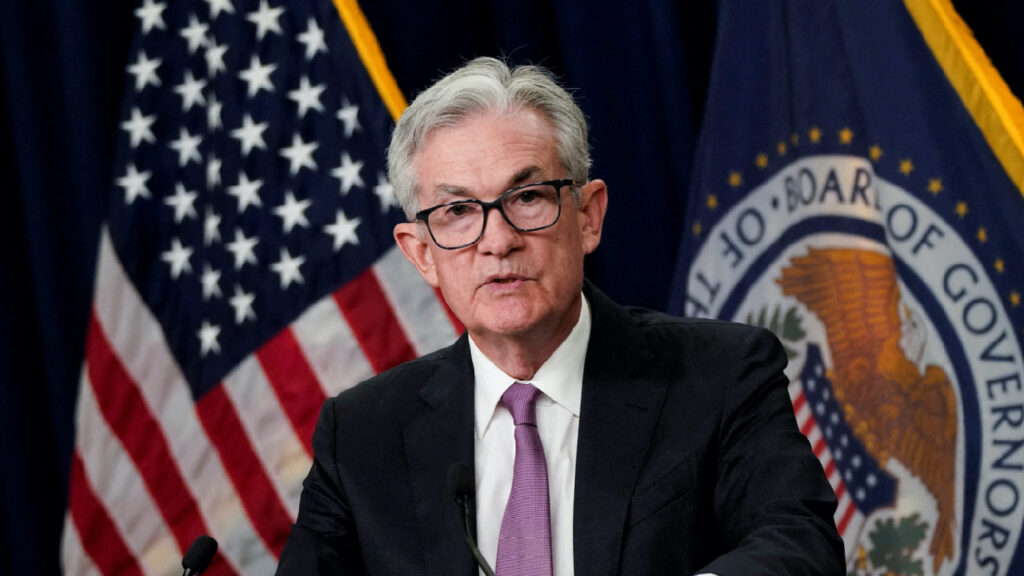Markets
Fed Signals Higher Rates Treasury Yields Rebound
Treasury Yields Rebound as Fed Hints at Higher Rates have rebounded as the Federal Reserve indicated a potential increase in interest rates beyond market expectations for the year. Shorter-term U.S. government bonds experienced a turnaround on Wednesday, with the yield on the benchmark two-year Treasury note settling at 4.707%, up from 4.694% the previous day. Similarly, the yield on the benchmark 10-year Treasury note settled at 3.796%, rising from 3.773% before the release of the Fed’s policy statement and economic projections.
While investors were focusing on the interest-rate forecast, the Federal Reserve’s decision to maintain the benchmark federal funds rate range of 5% to 5.25% was widely anticipated. Out of the 18 Fed officials’ projections, the median estimate suggested that rates may need to rise between 5.5% and 5.75% this year, indicating the possibility of two additional 0.25 percentage point rate increases. Initially, interest-rate futures implied that a single rate hike at the upcoming late July meeting was most likely.
However, investors exhibited some skepticism regarding the Fed’s forecasts. Despite an initial surge, yields quickly retreated and stabilized during Fed Chair Jerome Powell’s press conference following the meeting.
Get News WSJ | Wall Street Journal 2-Year Subscription for $480
Will Compernolle, a macro strategist at FHN Financial, expressed doubts about the feasibility of two rate increases at this stage, suggesting that the market remained unconvinced.
A report indicating a 0.3% decrease in supplier prices in May, following a 0.2% increase in April, drove the earlier decline in Treasury yields.
This data bolstered the belief among some investors that easing inflationary pressures could halt the rate hikes for the remainder of the year, and potentially even lead to rate cuts if economic growth falters.
Despite mixed inflation data in recent months, core inflation, excluding food and energy categories, rose by 0.4% in May compared to the previous month, surpassing the Fed’s 2% annual target.
While certain service categories showed signs of cooling, the Fed’s preferred inflation gauge, the personal consumption expenditures price index, did not reflect similar progress. This tempered the optimism generated by encouraging CPI data from the previous month.
Get WSJ Print Subscription for $318
Although inflation occasionally delivers positive news, Treasury yields have been climbing recently due to diminished concerns that rising interest rates will precipitate a recession in the current year. Consumer and business spending have shown limited indications of significant slowdowns, surprising observers. Moreover, fears of a severe credit crunch have subsided as regional lenders exhibit stability following the high-profile failures of Silicon Valley Bank and Signature Bank in March.
In essence, Treasury yields primarily mirror investor expectations regarding the Fed’s short-term interest rate trajectory over a bond’s lifespan. Presently, investors do not anticipate rates to surge to the levels seen just before the March bank failures. However, they have scaled back their predictions of the Fed cutting rates this year due to a recession, instead embracing the notion that rates will remain “higher for longer.”

